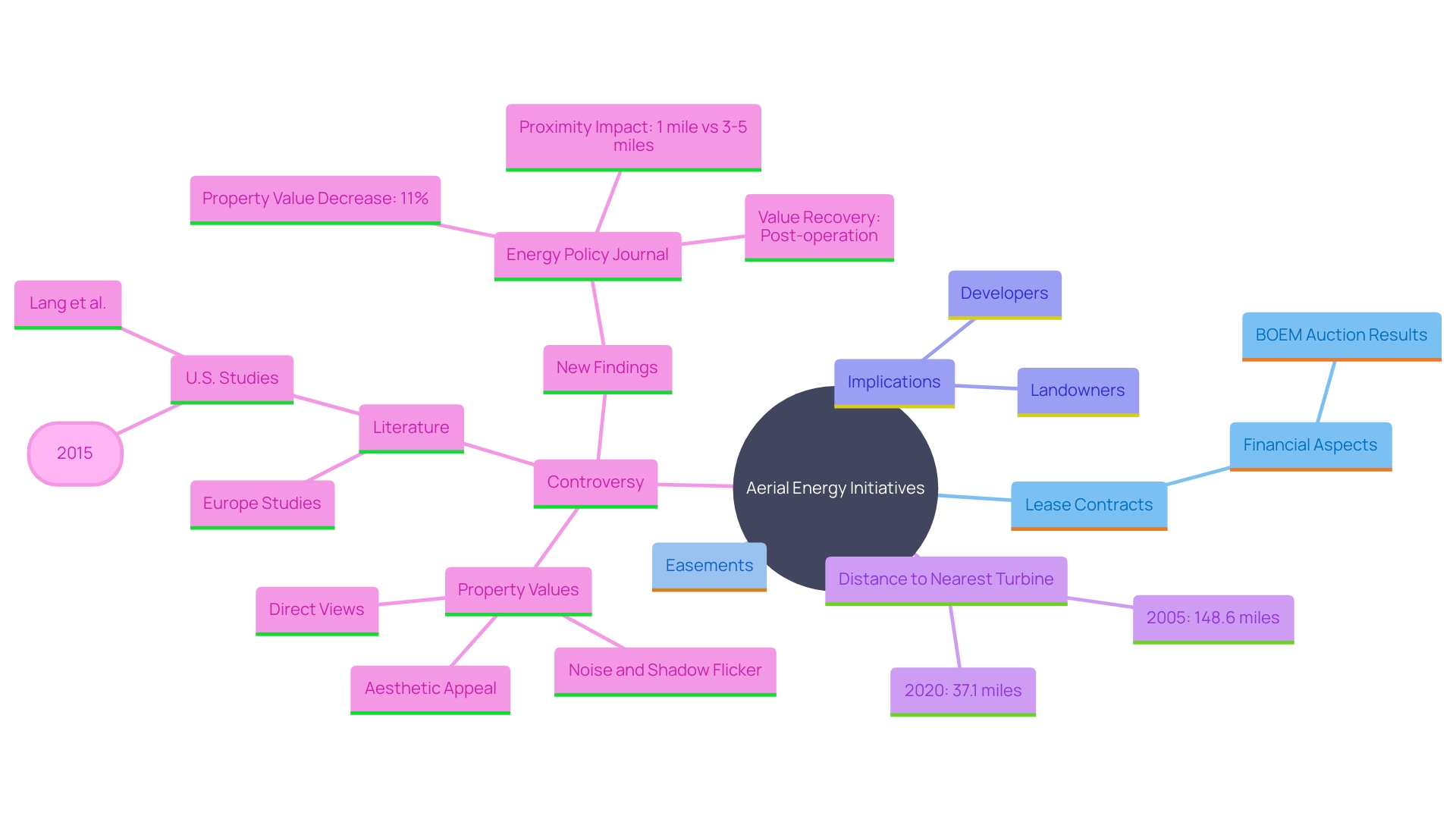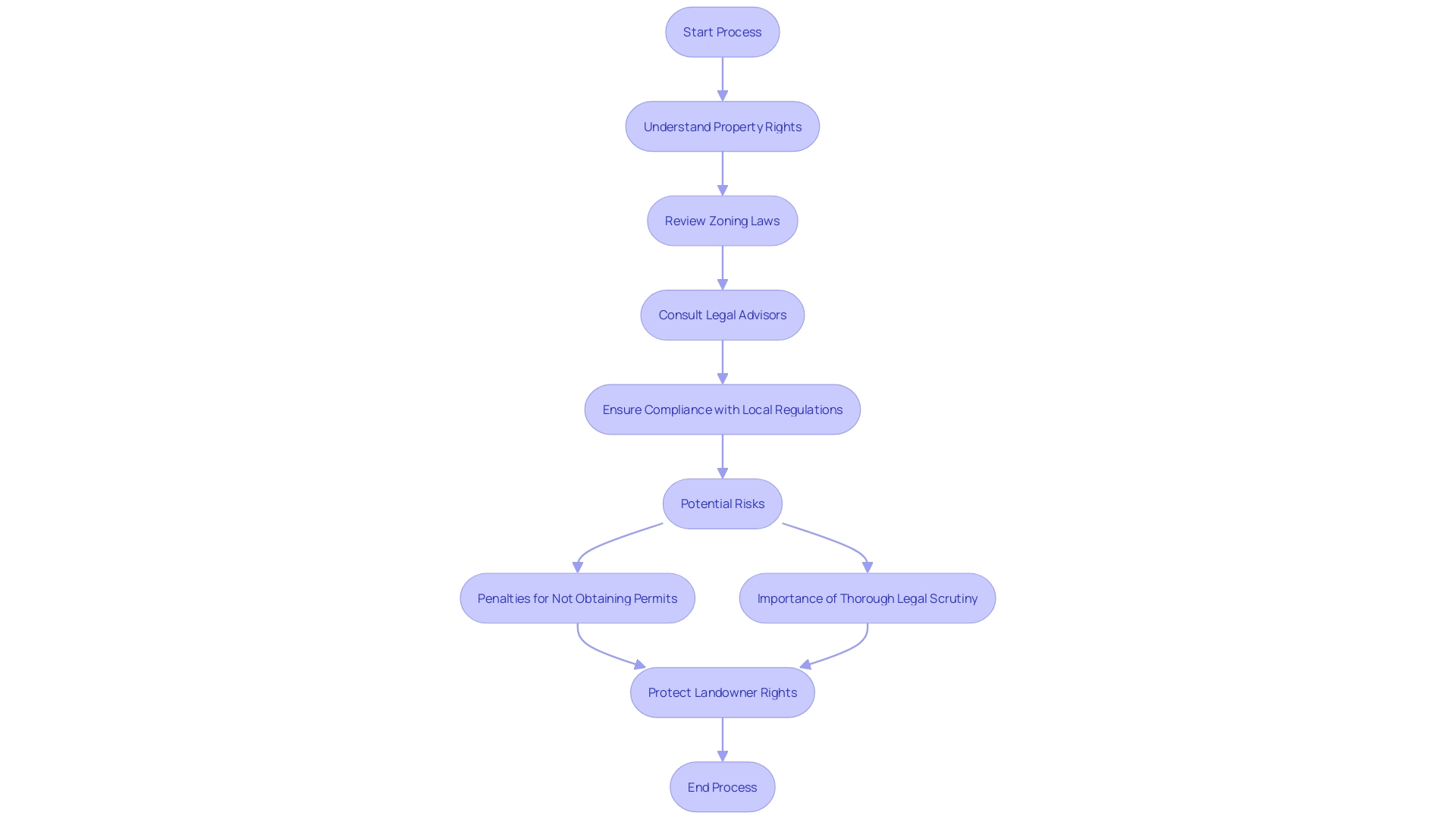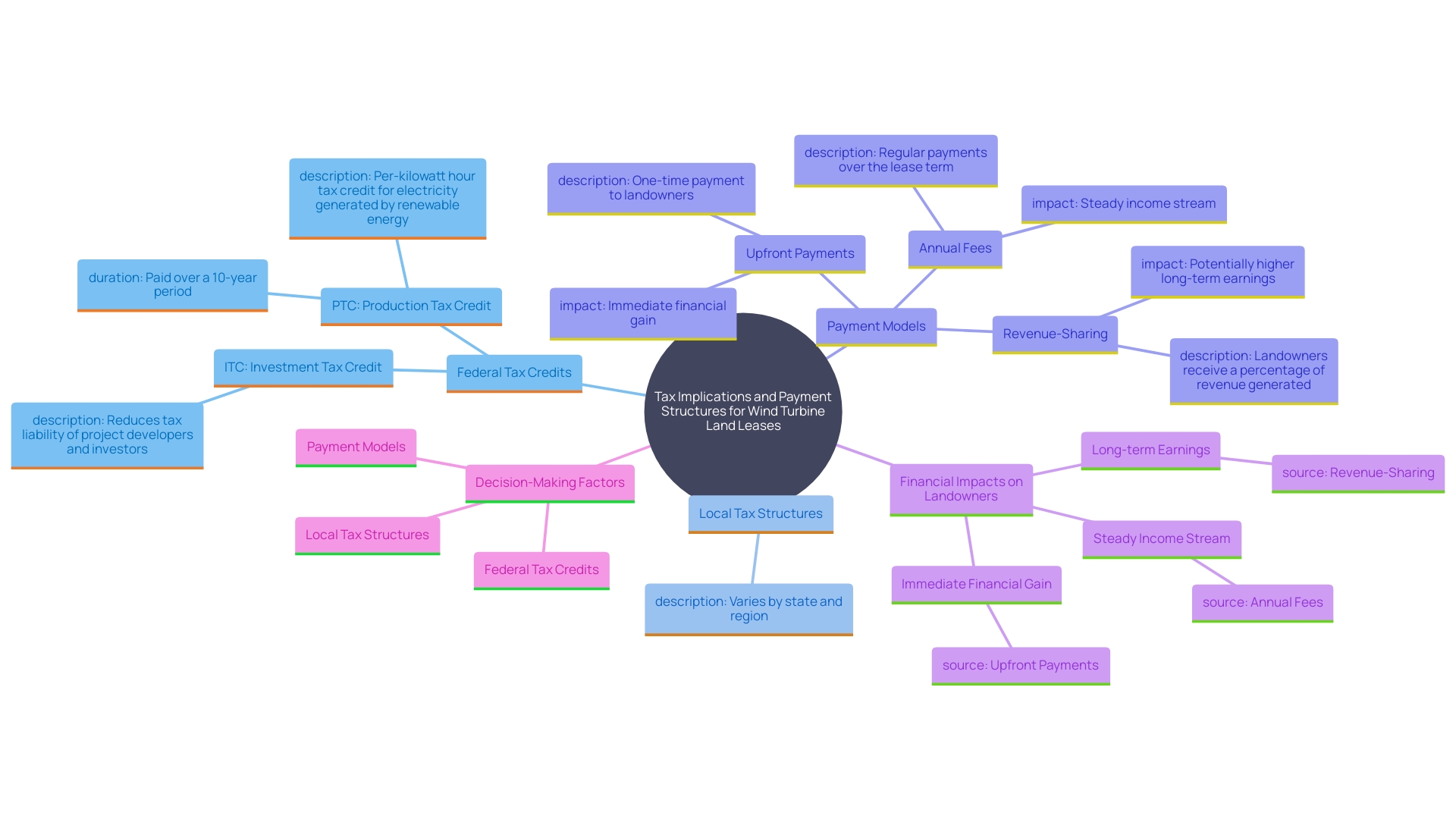Introduction
As the global transition towards renewable energy intensifies, wind projects have emerged as a pivotal element in this shift. Central to the successful deployment of wind turbines are the various land agreements that define the terms and conditions under which land is utilized. This article delves into the different types of land agreements, such as lease agreements and easements, which are instrumental in facilitating wind energy projects.
It examines the key elements of wind turbine lease agreements, including lease duration, payment structures, and specific clauses that address land use restrictions and responsibilities. Furthermore, the article explores the critical legal considerations for landowners, emphasizing the importance of thorough title searches and clear ownership to avoid potential disputes. Additionally, it highlights the tax implications and diverse payment structures that can affect the financial outcomes for landowners involved in wind energy projects.
Understanding these facets is essential for landowners and developers alike to ensure mutually beneficial and legally sound agreements.
Types of Land Agreements for Wind Projects
When discussing aerial energy initiatives, different kinds of land contracts are essential in determining how land is utilized. The most prevalent contracts consist of lease contracts, where landowners receive payments in return for permitting turbines on their property. For instance, in the recent auction conducted by the Bureau of Ocean Energy Management (BOEM) for two offshore energy zones, lease contracts were crucial. The first lease, located off the coast of Delaware, sold for just over $75M at a per-acre price of $739.34. Additionally, easements may be granted, providing rights for access and maintenance of infrastructure. Comprehending these contracts is crucial for both landowners and developers to ensure clear terms and mutual benefits. Notably, the average distance to the nearest turbine for a house in the United States decreased from 148.6 miles in 2005 to 37.1 miles in 2020, highlighting the growing proximity of wind projects to residential areas.

Key Elements of Wind Turbine Lease Agreements
Wind turbine lease arrangements are multifaceted contracts that ensure both parties are adequately protected and informed. These agreements typically specify the lease duration, payment structures, and the responsibilities regarding maintenance and operation of the turbines. For example, payment frameworks frequently comprise a set yearly charge or a royalty determined by the income produced by the energy farm. This two-stage negotiation process allows landowners to set a royalty rate, which the developer then assesses to determine the viability of the endeavor.
Furthermore, clauses addressing land use restrictions, such as setbacks from residences or protected areas, and responsibilities for damages or decommissioning are critical. For example, in some cases, such as the wind project in southern France, legal disputes have led to the dismantling of turbines due to noise pollution and wildlife impact. This emphasizes the significance of incorporating detailed clauses in lease contracts to handle possible legal and regulatory challenges.
A well-structured lease contract not only mitigates potential disputes but also fosters a cooperative relationship between landowners and developers. By clearly outlining each party's responsibilities and expectations, these contracts help prevent misunderstandings and ensure that the development and operation of energy farms proceed smoothly. As mentioned in recent industry conversations, tackling these challenges efficiently is vital for the ongoing growth of renewable energy initiatives, especially as regulatory structures develop to facilitate sustainable energy transitions.
Legal Considerations for Landowners
Landowners participating in contracts for energy projects must navigate a complex landscape of legal considerations. This includes understanding property rights, zoning laws, and local regulations that could affect the installation of turbines. For instance, the Osage tribe’s legal victory against Enel, which led to the removal of turbines and millions in damages, underscores the importance of thorough legal scrutiny. Landowners should be aware of compensation rights and potential liabilities, as seen in the case where Enel faced significant penalties for not obtaining the necessary permits. Hiring legal advisors to examine contracts can offer important perspectives and safeguard landowner rights, particularly in light of the growing resistance to renewable initiatives, as demonstrated by 417 denials or limitations throughout the United States since 2015. The evolving regulatory environment highlights the need for due diligence to ensure compliance and safeguard investments.

Importance of Title Searches and Clear Ownership
Carrying out comprehensive title investigations is an essential phase in the advancement of renewable power initiatives. Ensuring clear ownership of the land where turbines will be erected is paramount not only for legal compliance but also for securing financing and permits. Title searches reveal any existing liens, easements, or other encumbrances that could affect the land's use. For example, a study assessing the economic effects of turbine initiatives, like Viet Nam's 144-megawatt Lotus Turbine Power Initiative, highlights the significance of clear land ownership in the successful advancement and functioning of renewable sources. Clear ownership of land also prevents future disputes, which can lead to costly delays and complications, impacting the overall success of the endeavor.
'Additionally, the swift growth of turbine initiatives in the United States has resulted in them being situated nearer to populated regions, with the average distance to the closest turbine decreasing from 148.6 miles in 2005 to merely 37.1 miles in 2020.'. This proximity has sparked controversies regarding the placement of wind installations, particularly concerning property values. Ensuring clear land ownership can alleviate some of these concerns by providing transparency and stability in land transactions.
The necessity of clear title is further emphasized in the context of regulatory processes. 'As stated by the Sabin Center for Climate Change Law, optimizing permitting procedures without jeopardizing ecological and public safety is crucial for promoting renewable initiatives.'. Clear land titles ensure smoother regulatory compliance and facilitate faster progress.
In conclusion, meticulous title searches are indispensable for the legal, financial, and operational success of wind energy initiatives. They assist in reducing possible hazards and support the initiative's long-term sustainability.

Tax Implications and Payment Structures
Wind projects can have significant tax implications for landowners. Payments received from leasing land for wind turbines may be subject to taxation, affecting overall compensation. Understanding the local and federal tax structures is crucial for landowners to maximize their financial benefits. Federal tax credits have played an essential role in the development and expansion of the U.S. renewable resources sector. They offer essential financial motivations for utility-scale, community, and distributed renewable initiatives, encouraging adoption across states, sectors, and clients. Tax credits function by decreasing the tax burden of project developers and investors, effectively reducing the total expenses of creating renewable resources projects. This decrease in expenses has been a key factor in the swift expansion of renewable technologies over the past two decades. The availability of tax credits has helped facilitate over $485 billion of private investments into the renewable sector over the past 20 years and currently supports the employment of over half a million Americans.
Additionally, payment structures can vary, including upfront payments, annual fees, or revenue-sharing models, each with distinct financial implications. For example, studies indicate that the lowest percentage of farmers receiving financial compensation was in the South, at 1.45 percent, with payments close to the national average of $30,482. In contrast, the Midwest, with greater energy generation from air but little oil and gas production, saw fewer payments, 2.34 percent, and producers received the lowest average payment, $10,953. Understanding these payment structures and tax implications is essential for landowners to make informed decisions and optimize their financial outcomes when engaging in wind energy projects.

Conclusion
The analysis of land agreements for wind energy projects underscores their critical importance in facilitating the transition to renewable energy. Agreements such as leases and easements define land use terms, benefiting both landowners and developers, as evidenced by significant financial transactions in recent auctions.
Key elements within wind turbine lease agreements, including duration, payment structures, and specific responsibilities, are essential for protecting the interests of all parties. Detailed provisions addressing land use restrictions help mitigate disputes, fostering a cooperative atmosphere necessary for successful project completion.
Legal considerations, particularly thorough title searches, are crucial for landowners involved in wind projects. Understanding property rights, zoning laws, and local regulations is vital for navigating potential challenges. Clear land ownership not only aids in compliance but also reduces the risk of disputes that could delay projects and impact financial investments.
Additionally, tax implications and payment structures associated with wind energy projects require careful attention. Federal tax credits significantly influence the renewable energy landscape, making it essential for landowners to understand local and federal tax structures to maximize their financial returns. With varying payment models, informed decision-making is critical for optimizing benefits in wind energy initiatives.
In conclusion, a comprehensive understanding of land agreements, legal considerations, and financial implications is vital for stakeholders in the wind energy sector. This knowledge facilitates a smoother transition toward renewable energy and supports sustainable development in the future.




